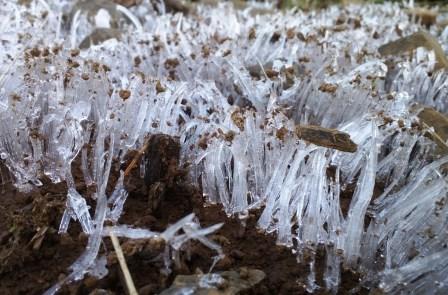
Here are links to articles about recent research, discoveries and other news about forests, climate, energy and other science topics gathered by DNR for your weekend reading:
Nature: Earthquake lights linked to rift zones
A new catalogue of earthquake lights — mysterious glows sometimes reported before or during seismic shaking — finds that they happen most often in geological rift environments, where the ground is pulling apart. The work is the latest to tackle the enigmatic lights, which have been described by eyewitnesses for centuries but are yet to be fully explained by scientists.
Science Daily: Temperature Most Significant Driver of World’s Tallest Trees
The tallest specimens of the world’s nine tallest tree species grow in climates with an unusually small seasonal temperature variation. Understanding the role of temperature in driving tree height, may help scientists forecast how forests adapt to climate change.
University of California-Berkeley: Suburban Sprawl Cancels Carbon Footprint Savings of Dense Urban Cores
According to a new study by researchers at the University of California, Berkeley, population-dense cities contribute less greenhouse gas emissions per person than other areas of the country, but these cities’ extensive suburbs essentially wipe out the climate benefits.
University of California-Santa Barbara: Cities Support More Native Biodiversity Than Previously Thought
Rapid conversion of natural lands to cement-dominated urban centers is causing great losses in biodiversity. Yet, according to a new study involving 147 cities worldwide, surprisingly high numbers of plant and animal species persist and even flourish in urban environment.
environment360: Urban Nature: How to Foster Biodiversity in World’s Cities
As the world becomes more urbanized, researchers and city managers from Baltimore to Britain are recognizing the importance of providing urban habitat that can support biodiversity.
| Follow DNR on: |  |
 |
 |
 |
 |